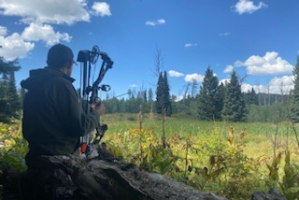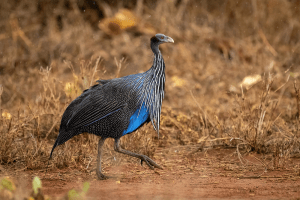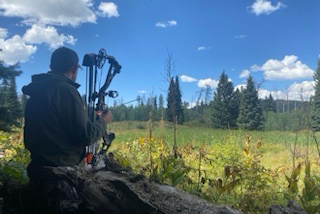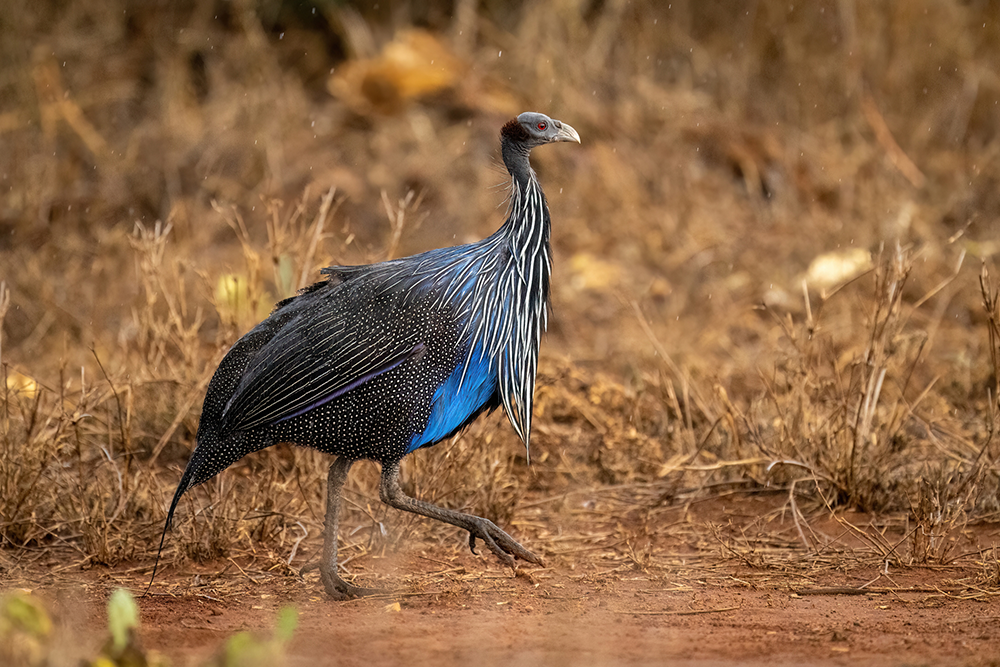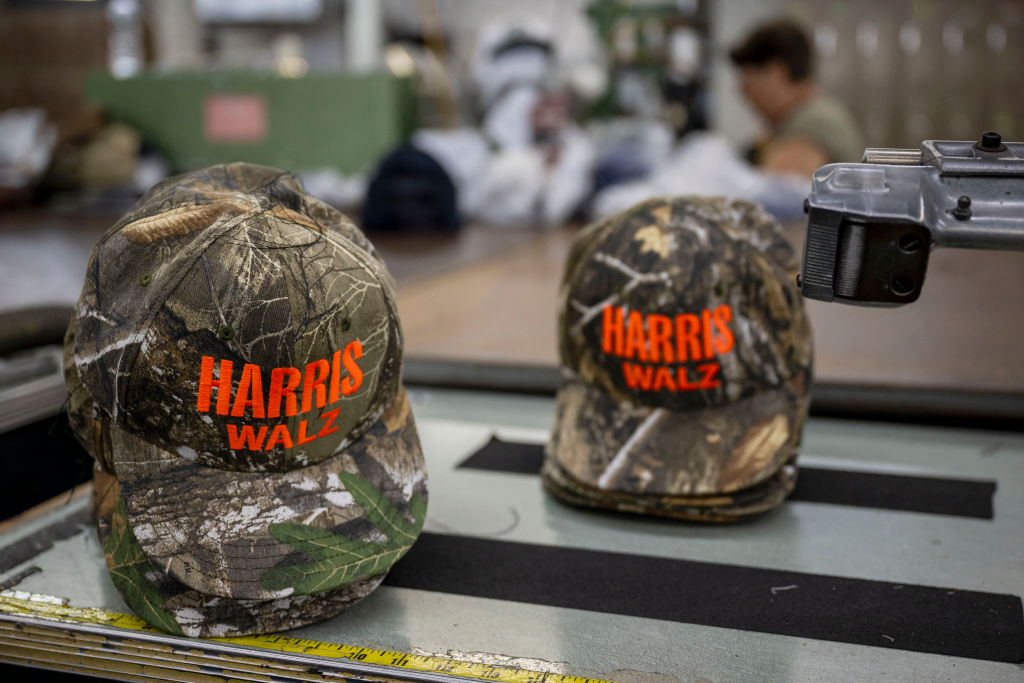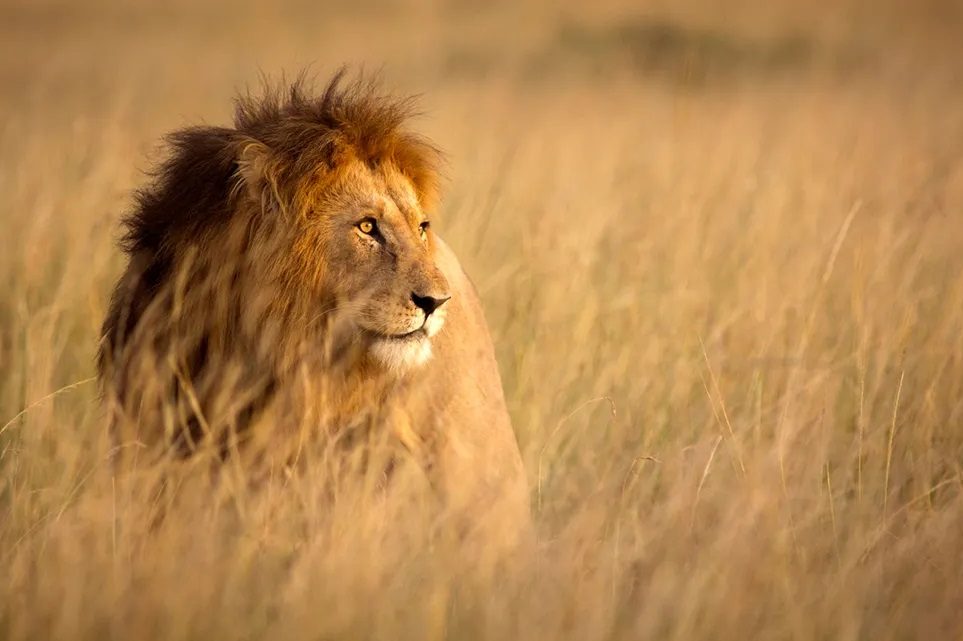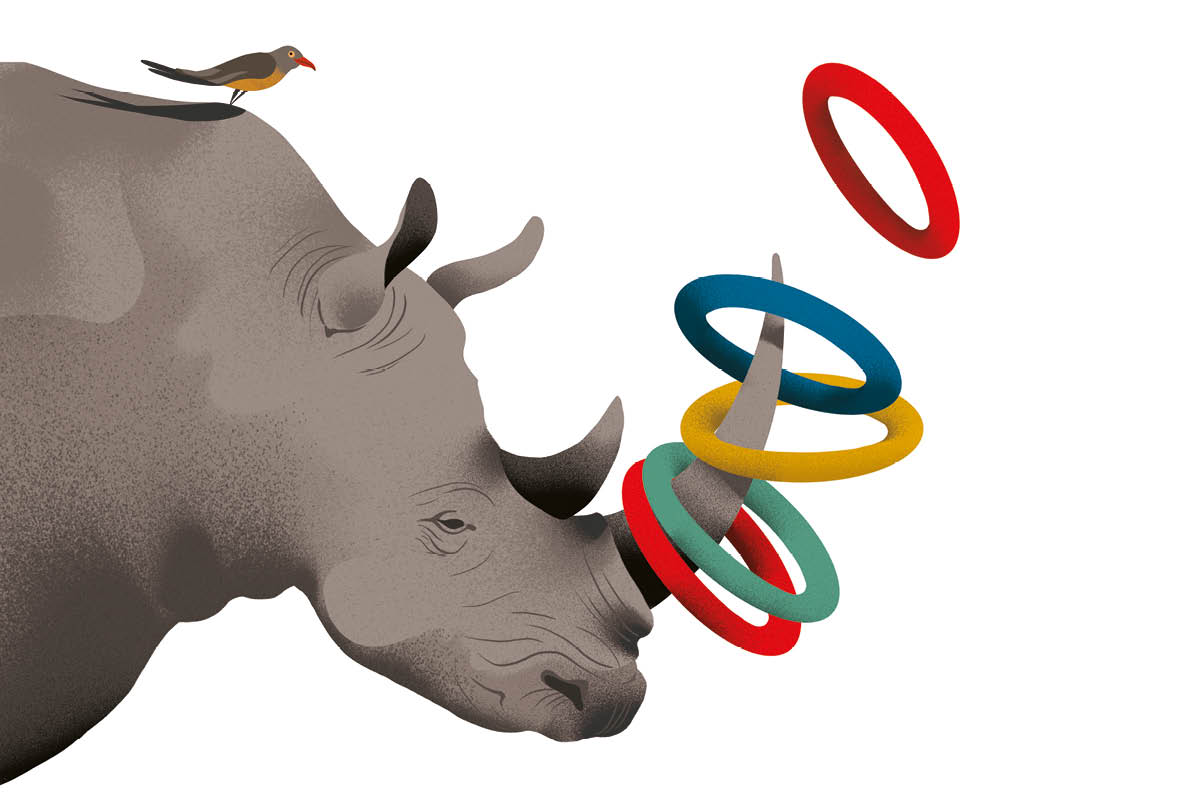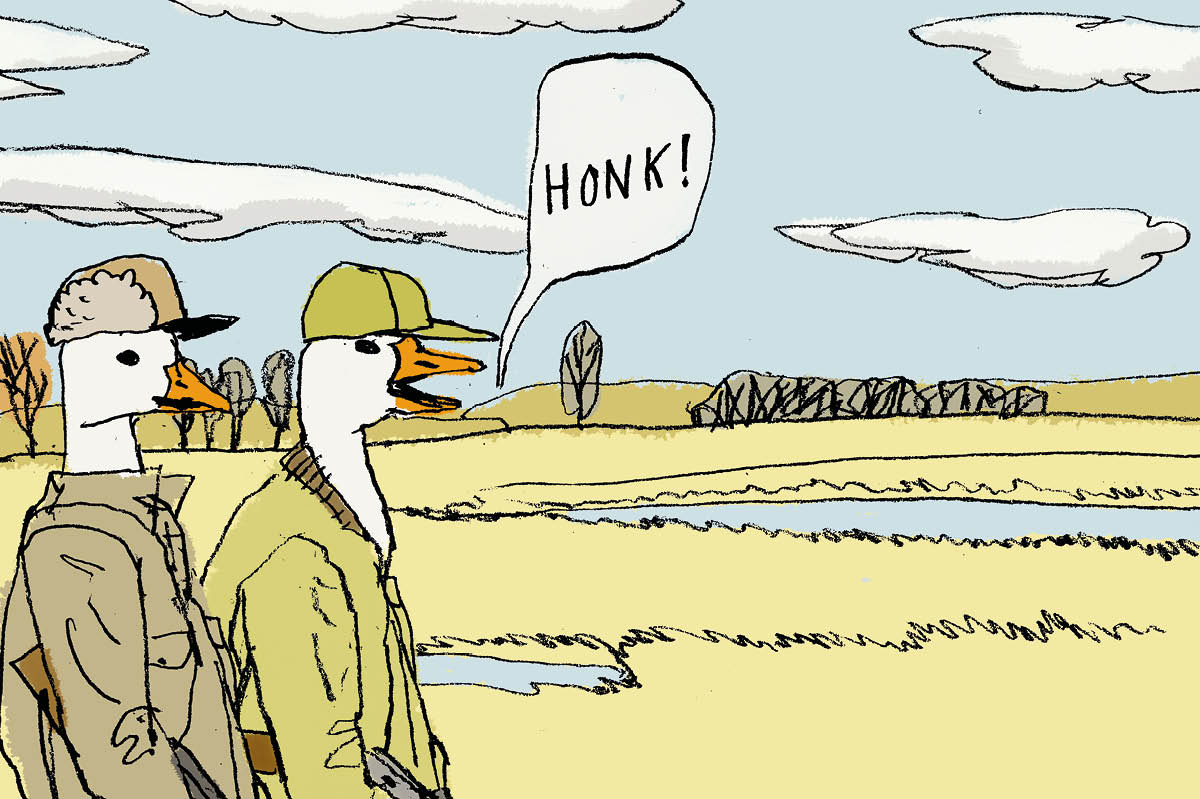This article is in
The Spectator’s inaugural US edition. Subscribe here to get yours.
My old college roommate and I were sitting on a 180-pound wild male boar. Neither of us were habitual hoggers. It was our first rodeo.
Florida Route 710, the Beeline Highway from Palm Beach to Indiantown, is a two-lane straight shot out of the tropics and into the scrub near Lake Okeechobee. In the Twenties, a Baltimore banker, S. Davies Warfield, built a railroad into central Florida from Palm Beach. Up went Indiantown’s gridded streets and houses, and the Mission Revival-style Seminole Inn, where Warfield’s niece Wallis Simpson stayed both before and after marrying Edward VIII. But Warfield’s plans were scuppered by two hurricanes and the Depression. Indiantown sank into an irreversible torpor. The Seminole Inn is the highlight of a one-street cowtown.
Our chariot at the 2,800-acre hunting preserve was an enormous buggy set on monster-truck wheels, with six seats and a giant plow at the front. Armed with a lever-action rifle, some elephant-gun slugs and a pack of six caged dogs, we set out into the brush. I asked the trapper whether the dogs had any pointer in them.
‘No sir,’ he replied, appalled. ‘Those are American cur dogs.’
The buggy’s plow felled everything in its path: palmetto, pine, dwarf oak, a rich diversity of brush. Destruction is essential to the hogger’s art. The boars are so furtive that the easiest way to draw them out is to ‘jump’ them by nearly running them over. We downed acres of flora, but didn’t jump any hogs. So we looked for tracks in the mud; a dollar-store version of deer stalking.
An hour into our quest, we saw tracks. The trapper stopped the chariot and released a slavering hound. But, as usual in the wild, things didn’t go as planned. The first dog bayed its quarry properly, but then a second hog appeared. The trapper, in search of the elusive ‘double’ — two hogs shot nearly simultaneously — released another dog to bay the second hog. But the second dog proceeded to maul the first hog.
The second hog scampered off while the trapper wrestled his hounds off the first, and the first escaped with minor injuries before we could take a shot.
We found him a mile away, lurking in a swamp. No dogs needed this time. I fired the first shot too high, then planted a slug in the beast’s back, the only sound the whoosh of a bullet. As his stubby legs started to move, the trapper grabbed the gun and shot him near the heart. The hog was due to die, he explained, but might run two miles first. If we didn’t find him, we’d still have to pay for him, but we’d lose the meat. Little did the trapper know, we weren’t too intent on that meat. It turned out that neither was he. ‘I won’t eat wild boar meat myself,’ he confided later. ‘Too gamey.’
The rest of the morning was spent in pursuit of two GPS-collared dogs. We found them where they had bayed another boar. Again, the blood-crazed canines refused to get off. The trapper, grinning like a madman, ripped the dogs away, wrestled the boar down and hogtied him while avoiding impalement on the boar’s three-inch tusks. That’s when he called us off the buggy and told us to sit on our victim.
The hog, despite being tied up and having two grown men on board, thrashed around as if he knew what was about to happen. At the back end, our host stabbed into his scrotum, popped out his testicles with a vertical incision, then whipped them off like a pair of veined white peaches. We untied the hog. As he scuttled away, disgruntled, the trapper tossed his balls under the buggy. Even the mutts wouldn’t eat them.
‘Bet you’re gonna ask why I did that,’ the trapper said. ‘It’s called barring. You castrate the boar, he loses all his aggression, his testosterone. He gets fat and happy and his meat don’t stink like urine. It’s better in the end.’
We climbed onto the buggy to plow our way back to the lodge. ‘Oooh eee!,’ said the trapper, mucked with mud and blood. ‘That’s what we came out here for!’
This article is in The Spectator’s inaugural US edition. Subscribe here to get yours.













